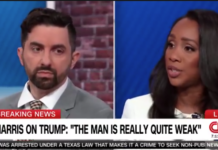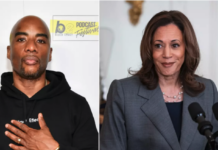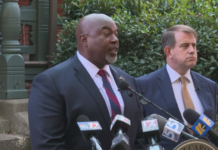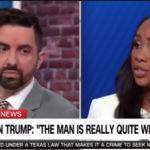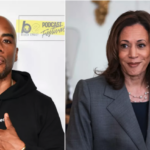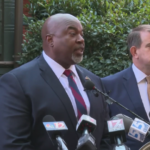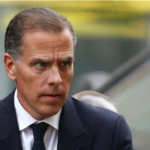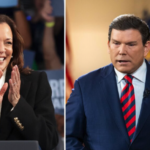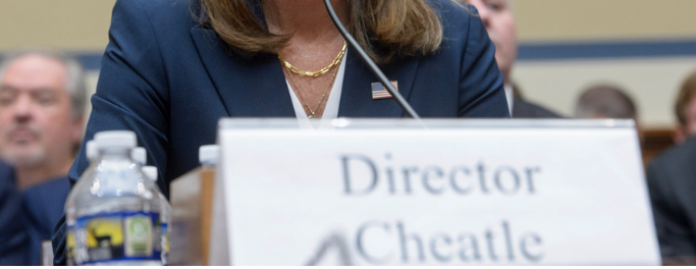
Hello everyone. Today’s topic revolves around a crucial issue concerning the United States Secret Service and its leadership. Kimberly Cheatle, the current director of the Secret Service, testified before the House Oversight Committee. The incident under scrutiny is the near-assassination of former President Donald Trump on July 13, where a shooter named Thomas Matthew Crooks almost succeeded in his deadly mission.
On that fateful day, Crooks, a 20-year-old, positioned himself on an unprotected rooftop, just under 200 yards from the rally stage where Trump was speaking. In a miraculous turn of events, Trump turned his head at the right moment, causing the bullet to graze his right ear instead of hitting his head. The close call has left many questions about the security measures at the rally.
After the shooter was neutralized, an unidentified man in a grey suit appeared, requesting photos of the incident from law enforcement. This individual was not a Secret Service agent, raising concerns about the event’s security management. This mysterious figure’s presence highlights the potential lapses in the Secret Service’s protocol.
Maria Bartiromo says a man in a grey suit climbed the ladder while police were taking pics of Thomas Crooks’ body & gave them a number to send the pics to
Police thought the man was Secret Service, but he wasn’t
This story keeps getting more unbelievable pic.twitter.com/1GMT2REJbp
— johnny maga (@_johnnymaga) July 21, 2024
The fallout from this event has been severe. The Secret Service has remained largely silent, drawing criticism from various quarters. Reports indicate that Crooks used a rangefinder before opening fire and had flown a drone over the rally area, actions that should have raised red flags. Surprisingly, the Secret Service did not deploy a drone, citing the sloped roof’s physical danger as the reason for not having a sniper team on that rooftop. This explanation has been met with skepticism and frustration.
Rep Eli Crane, former SEAL sniper, released a video from the sloped roof.
It gives some good spatial data of the area that I’m sure many will find interesting…#Trump #roof #SlopedRoof #TrumpAssassinationAttempt @RepEliCrane pic.twitter.com/nizwGawk3y
— Mrgunsngear (@Mrgunsngear) July 22, 2024
Further complicating matters, Secret Service snipers had Crooks in their sights for two minutes before he fired. Despite knowing about the threat ten minutes before Trump took the stage, the agency allowed the event to proceed without informing the former president. This decision has drawn heavy criticism, with accusations of incompetence and disarray within the Biden administration’s handling of security.
The consequences of this security failure were tragic. Corey Comperatore, a firefighter, was killed while trying to shield his family from gunfire, and two others were injured. The local law enforcement’s role has also come under scrutiny. They were not instructed to safeguard buildings and only encountered Crooks after leaving their designated traffic duty posts. This mismanagement underscores the broader issues within the security apparatus.
Susan Crabtree of RealClearPolitics has provided a comprehensive overview of these security failures, revealing a pattern of cost-cutting measures that compromise safety. Bonuses are reportedly awarded to mid-level managers who reduce manpower and resources, creating a culture of “doing more with less.” This practice has had severe repercussions, as seen in the events of July 13.
After the assassination attempt, the Secret Service said it hadn’t denied repeated requests by Trump’s security detail for more help. It lied. Now the @nytimes and @washingtonpost have confirmed our reporting and vindicated @dbongino. What else is being covered up? pic.twitter.com/ZRy9hkA2g0
— Michael Shellenberger (@shellenberger) July 21, 2024
Adding to the controversy, Senator Ron Johnson has initiated a bipartisan investigation, informed by whistleblowers. His initial report outlines several alarming findings, including the Secret Service’s absence from a crucial security briefing on the morning of the rally and the lack of direct communication with local law enforcement. These issues contributed to the inadequate response to the threat posed by Crooks.
🚨🚨🚨 BREAKING: Sen. Ron Johnson and his staff have written an initial report from his bipartisan investigation informed by whistleblowers who have talked to his office. I’ve obtained the 13-page executive summary of it.
Some of this Sen. Johnson discussed with Fox News Morning… pic.twitter.com/dE58tcIXNr— Susan Crabtree (@susancrabtree) July 21, 2024
UPDATE: Cheatle Resigned!
I am glad to hear that @SecretService Director Kimberly Cheatle has resigned. Her performance on July 13th and every day since then has been unacceptable. pic.twitter.com/LpuORZP8Wu
— Rep. Anna Paulina Luna (@RepLuna) July 23, 2024

